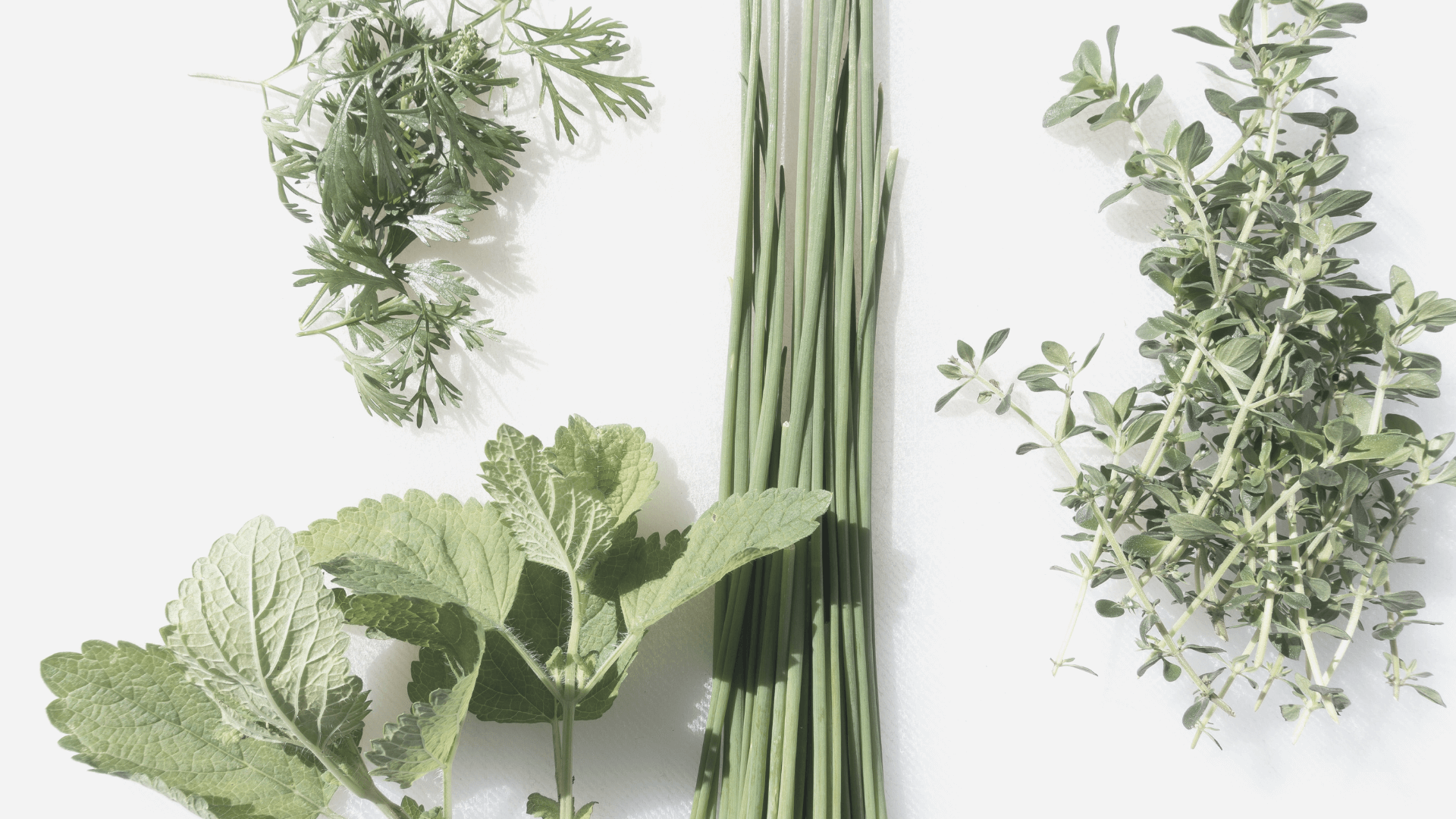If you’re looking for an ayurvedic food list, you’ve come to the right spot.
This week I began the Chopra Ayurvedic Health Certification Program through the Institute for Integrative Nutrition.
This is now my third course through them, and I just love it. Obviously, or I wouldn’t keep studying through school.
I have also taken:
And now I’m onto this one. I’m learning new things every single day.
Anyways, before even getting into specific foods, I want to share some things from the week:
- Modern research validates what Ayurveda has known for thousands of years. Your gut health is central to your whole health.
- The quality of your health depends on the quality of your digestion.
- According to Ayurveda, we are what we digest. Optimal digestion is the most significant factor in overall health.
- The tastes and colors of food give the brain clues about the nutritional qualities inside.
- Fresh fruits, vegetables, nuts, seeds, legumes, herbs, and spices contain potent concentrations of phytonutrients that are responsible for their flavor, fragrance, and color.
This week I also took an Ama-Ojas Survey to identify my levels of essential life energy (or ojas), and accumulated toxins (or ama).
My ojas total outweighed ama, but if you want the truth, it was only by 1 point.
I have a good feeling that by the end of this course, that point difference will be greater!
What is Ayurvedic Medicine?
As a quick recap from the Ultimate Beginners Guide to Ayurveda, Ayurveda is translated as “the science of life.”
The goal of Ayurveda is to create balance in all aspects of our lives.
It does so via the ‘3 P’s of Ayurveda:’
- Personalized – just for you
- Preventative – the best choice to prevent disease
- Practical – simple tools
The Chopra Ayurvedic Health Certification Program starts with week 1: Nutrition, which is how I arrived at wanting to share more about the ayurvedic diet + provide a (general) Ayurvedic Food List today.
Ayurvedic Food List
Click HERE to save this article containing an ayurvedic food list for later.

I put together this massive Ayurvedic foods list that fit into the ayurvedic lifestyle.
HOWEVER, please make note that it is far more nuanced than this, so after you read through the list, you’ll find even more information to help you better understand it all.
General Ayurvedic Food List
- tomatoes
- strawberries
- raspberries
- currants
- red peppers
- red apples
- radishes
- red chard
- beets
- red potatoes
- red grapes
- kidney beans
- cranberries
- pomegranates
- red quinoa
- pumpkins
- oranges
- carrots
- papayas
- orange peppers
- mangoes
- sweet potatoes
- turmeric
- peaches
- nectarines
- cantaloupe
- lemons
- bananas
- pineapple
- summer squash
- corn
- garbanzo beans
- egg yolks
- kiwi
- green apples
- limes
- green grapes
- spinach
- lettuce
- chard
- arugula
- kale
- green cabbage
- leafy greens
- broccoli
- artichokes
- asparagus
- celery
- avocados
- brussels sprouts
- green peas
- blueberries
- blue potatoes
- blue corn
- blackberries
- boysenberries
- huckleberries
- plums
- eggplant
- concord grapes
- red wine
- cherries
- purple cabbage
- black raspberries
- figs
- prunes
- purple carrots
- pears
- coconuts
- onions
- garlic
- cauliflower
- parsnips
- rutabagas
- mushrooms
- potatoes
- jicama
- daikons
- bananas
- rice

Foods for Your Body Type (Dosha)
In Ayurvedic medicine there are 3 doshas:
- Vata Dosha
- Pitta Dosha
- Kapha Dosha
And in the Chopra Ayurvedic Health Certification Program you can find out your exact dosha, as the course provides quizzes and so much information regarding all doshas.
In doing so, you’ll be able to figure out the best way to approach nutrition for your individual dosha type.

JOIN the Ayurveda Course today….
Use code ‘AGUTSYGIRL‘ at checkout to save 25% off this course (or any of them!) from the Institute for Integrative Nutrition.
When speaking of the different doshas and using ayurvedic principles, here are some more things to keep in mind:
Strengthen Agni (digestive strength for your digestive system)
- warm water with lemon juice (first thing in the morning)
- hot tea
- ginger root
- cinnamon
- fennel seeds
Vata Season: fall and winter produce
- potatoes
- carrots
Kapha Season: spring, lighter foods
- leafy greens
- asparagus
Pitta Season: summer, light and cooling
- watermelon
- cucumber
My Personal Dosha + Mindful Eating (conducive for it)
I am 100% Vata!
Honestly, I’d guess, if I took a poll of everything in this community, that 75% of us are.
Characteristics for the Vata People:
- light, cold, dry, rought, lively, full of movement
- like a hummingbird (the irony? I have a hummingbird tattoo on my collarbone. Next to it it says, “You are enough.”)
- When out of balance, Vata types may have an overactive mind, insomnia, anxiety, bloating, and difficulty making decisions.
- Vata types tend to have the weakest agni (remember, this is digestive strength)

Eating for Good Health via Ayurvedic Medicine: Vatas
The goal is to strengthen agni.
Interestingly enough, if we understand this, it can help with digestive issues and help with good digestion.
Which is what we’re all here for amiright?!
- warm foods
- oily foods
- stews and soups
- tastes of Ayurveda to focus on: sweet taste, sour, and salty
- limit: pungent, bitter, astringent (I found this to be interesting as these are the different tastes which connect hightest to anti-inflammatory and can increase metabolism)
Again, this is nuanced, though, because the optimal meal on a balanced Ayurvedic meal plan includes all six tastes: sweet (the taste of “energy”), sour (the taste of “acid”), salty (the taste of the “ocean”, pungent (the taste of “digestive fire”), bitter (the taste of “concentrated nutrients”), and astringent (the quality of “dryness”).
The Ideal Diet: According to Ayurveda
One thing I was so excited about when studying nutrition and eating habits according to Ayurvedic medicine is that there was no talk of things like: gluten-free, Paleo, dairy-free, Keto, egg-free, low-carb, or anything else like it.
And listen — THIS IS HONESTLY REFRESHING FOR THE GUT HEALING COMMUNITY!
Instead of being diet-focused, it’s almost diet-agnostic, and instead learning how and why almost any and all foods can be part of your FOREVER healing journey.
Ayurvedic practices won’t say: Never eat this and always eat this.
Instead, by understanding YOUR unique body type, you’ll have everything you need to get a general idea for building your next healthy meal.
Of course, like every other nutrition-focused and gut-healing eating plan out there, refined sugars and processed foods are still not part of a good diet.
They really possess no nutritional value, and despite what mainstream media might try to tell you – they DO contribute to your outstanding bloating, irritable bowel syndrome, and weight loss challenges.
Please make no mistake about that.
Eating for optimal health only requires a complete understanding of your body type and how you live your life on a daily basis.
I can’t wait to continue sharing more with you.
This next week I’ll be studying Movement, and I’m so ready for it.
p.s. If you’re ready to learn everything about healing your body through Ayurvedic Medicine, you can save 25% off the Chopra Ayurvedic Health Certification Program simply by using code AGUTSYGIRL at checkout.
The Full Ayurvedic Series
This article is part of my full Ayurvedic series.
In addition to the hundreds of articles and thousands of hours I’ve spent in the last decade devoted to all things gut health and gut healing, I am working on becoming a certified Ayurvedic practitioner, so that I am able to give my clients the best, most comprehensive guidance for healing – 100% on an personalized level.
If you’re interested in working 1-on-1 with me, you can sign up HERE today.
And here are all the previous articles on Ayurveda you can binge-read now:
- What is Ayurveda – [The Ultimate Beginner’s Guide]
- Ayurveda for Balance
- Kitchari Cleanse Recipe [One Pot Kitchari]
Xox,
SKH
🤰 bloating be gone! weight loss through optimal gut health for women
💃ʜᴇᴀʟ ʏᴏᴜʀ ɢᴜᴛ. ʜᴇᴀʟ ʏᴏᴜʀ ʟɪfe.
🫶🏻 founder gutbyome.com






